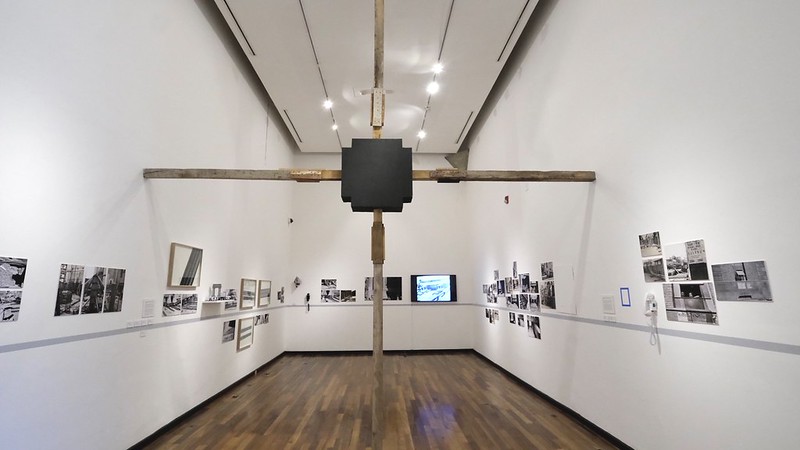

Paulina Ascencio, curator
In 1950, Engineer Jorge Matute Remus (1912-2002), imagined, planned, and executed one of the most important feats in Guadalajara’s urban history: the relocation of the telephone company building while the operators continued to work inside. In tandem with an exceptional team of engineers and construction workers, the building was moved 12 meters, which included a slight rotational shift, without interrupting the city’s communication. While his engineering knowledge and scientific rigor were indispensable in organizing a choreography of levers, rails, and concrete, the success of the operation was due to the imagination, will, and personality of Matute Remus.
Always committed to the well-being of the people of Guadalajara, Matute Remus was a visionary, creative, and ingenious man. In addition to his work as an engineer and urban planner, he was an outstanding educator and, as the director of the University of Guadalajara, he was instrumental in founding the School of Architecture. He held various positions in local government; he was the founder and director of the inter-municipal system of potable water and sewage services (SIAPA by its Spanish acronym), and the mayor of Guadalajara. He was also a prolific writer throughout his life, publishing in newspapers and magazines as well as through self-publishing.
Technique at the Service of the City is the result of archival research at the Jorge Matute Remus Historical Fund. The exhibition borrows its name from the short film produced in connection with the telephone company building movement, shown here together with selected documentary photographs from the collection. This material is in dialogue with documents and personal effects, historical artworks, and commissions by contemporary artists, contextualizing Matute Remus’ practice and ideas, as well as his influence on both urban development and the city’s cultural life. Arranged along five thematic lines, the exhibition presents a multifaceted portrait of Matute Remus by looking at his way of understanding the world; his relationship with water and, in particular, with Lake Chapala; the constant dialogue between architecture and engineering; and the different ways in which he shared his knowledge.